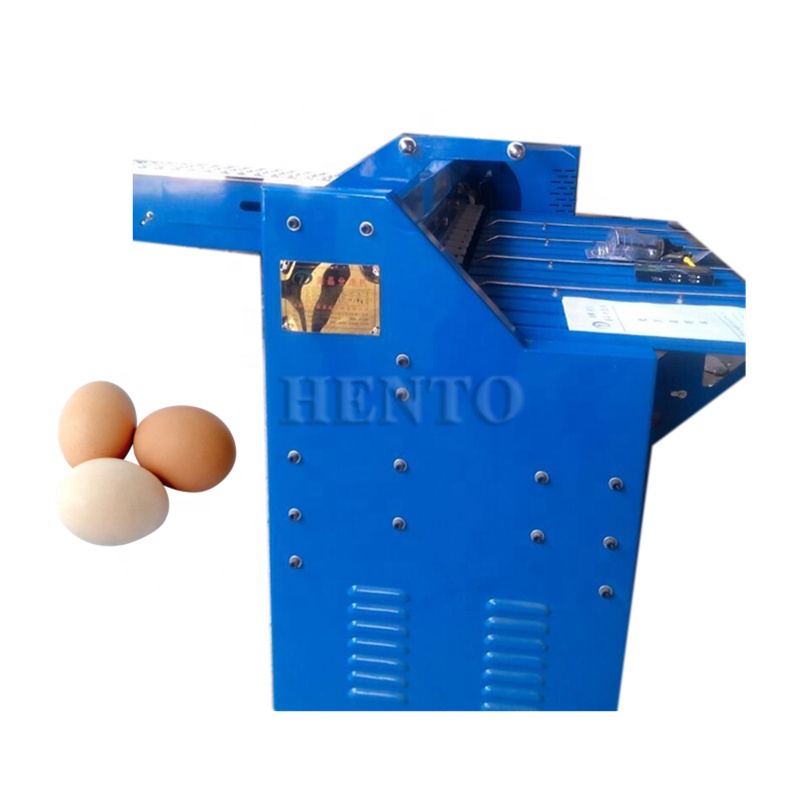farrowing pens for pigs
Sep . 13, 2024 11:52 Back to list
farrowing pens for pigs
Farrowing pens play a crucial role in modern pig farming, providing a safe and comfortable environment for sows and their piglets during the critical farrowing period. These specialized pens are designed to optimize animal welfare, improve management practices, and enhance overall productivity in pig production.
.
Additionally, the layout of farrowing pens emphasizes cleanliness and hygiene, critical factors for maintaining the health of the animals. Modern designs include slatted flooring which allows for easy cleaning and drainage, helping to minimize the buildup of waste and reduce the risk of infections. This is especially important in the farrowing period, as piglets are particularly vulnerable to diseases in their early days.
farrowing pens for pigs

Temperature regulation is another key component of effective farrowing pens. Newborn piglets are sensitive to cold, and maintaining an optimal temperature is essential for their health and growth. Many farrowing pens are equipped with heating lamps or mats to provide warmth, ensuring that piglets can thrive even in less-than-ideal ambient conditions.
Moreover, farrowing pens are often designed to facilitate the management of the sow and her litter. Features such as feed troughs and water access can be strategically positioned to ensure that sows are well-nourished during this demanding time, which is crucial for milk production. This, in turn, directly impacts the growth rate and health of the piglets.
In conclusion, farrowing pens are an essential investment for pig farmers aiming to enhance productivity and animal welfare. By providing a controlled environment where sows can safely give birth and care for their piglets, these pens help reduce mortality, improve health, and ultimately contribute to the success of pig production operations. As the industry continues to evolve, ongoing innovations in farrowing pen design will likely lead to even better outcomes for both farmers and their animals.
-
Automatic Feeding Line System - Anping County Yize Metal Products Co., Ltd.|Pan Feeder Nipple Drinker,Broiler Farming
NewsJul.30,2025
-
Automatic Feeding Line System Pan Feeder Nipple Drinker-Anping County Yize Metal Products Co., Ltd.
NewsJul.30,2025
-
Automatic Feeding Line System-Anping County Yize Metal Products Co., Ltd.|Durable Construction&Easy Maintenance
NewsJul.30,2025
-
Automatic Feeding Line System-Anping County Yize Metal Products Co., Ltd.|Pan Feeder Nipple Drinker&Durable Poultry Farming Solution
NewsJul.30,2025
-
Automatic Feeding Line System Pan Feeder Nipple Drinker|Anping County Yize Metal Products Co., Ltd.
NewsJul.29,2025
-
Automatic Feeding Line System-Pan Feeder Nipple Drinker|Anping County Yize Metal Products Co., Ltd.
NewsJul.29,2025






